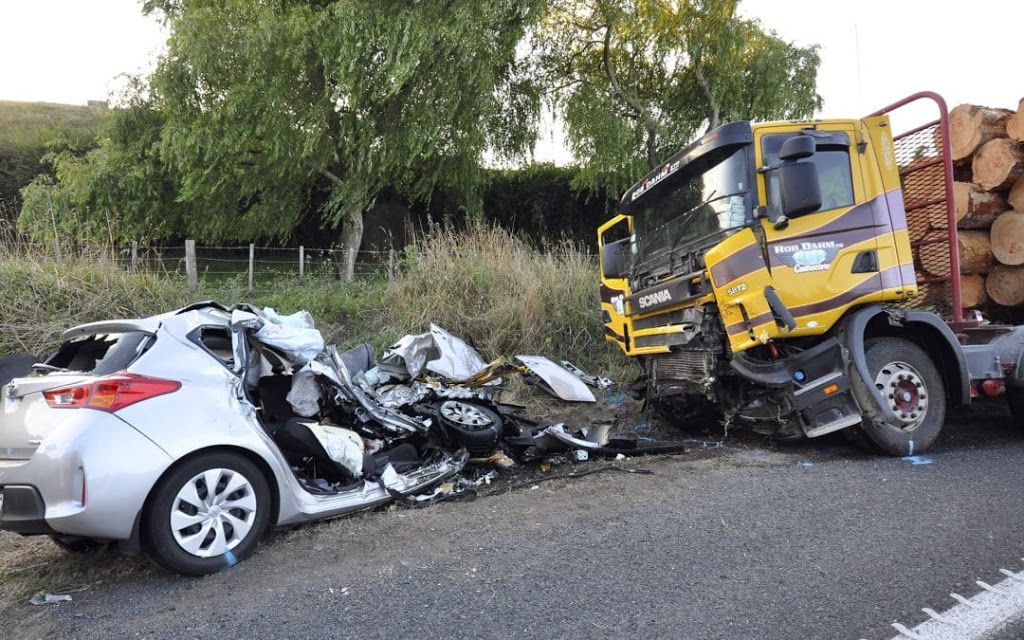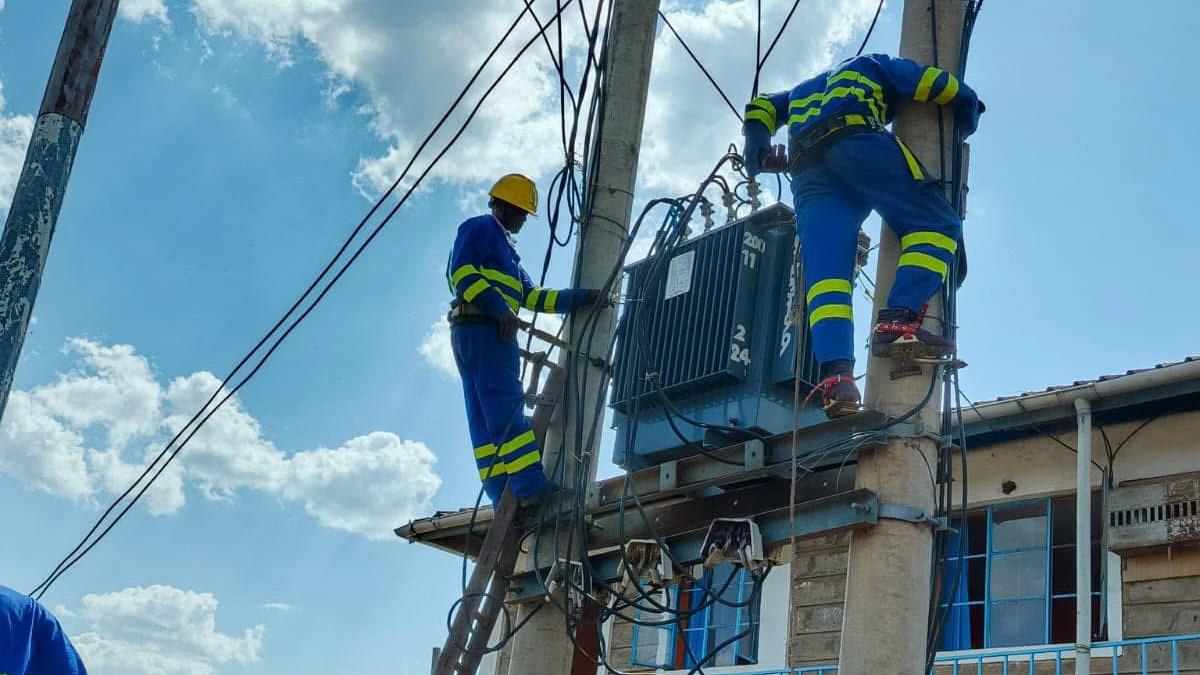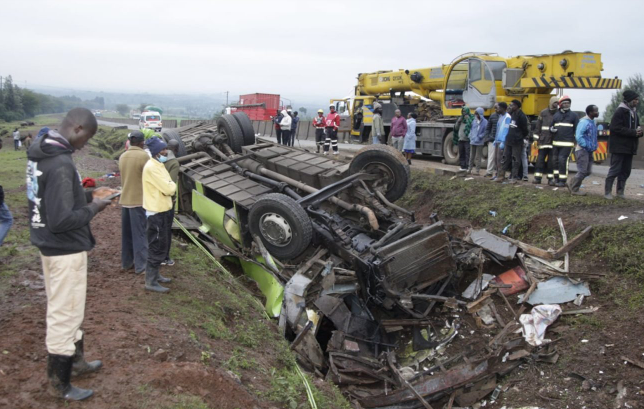By Dr Henry Ddungu
High rates of road accidents are a devastatingly common issue across Africa which records the highest number of road traffic incidents in the world, every year.
Despite lockdown measures implemented across the continent to combat COVID-19 which restricted travel, this trend continued to prove true over the past year.
In Kenya and Uganda, particularly, we’ve seen an increase in the number of injuries and deaths related to road accidents in 2020 when compared to 2019.
Uganda recorded 1,445 accidents during December 2020 and a total 3,633 people died in road accidents throughout the entire year.
Read More
The Kenyan National Transport and Safety Authority (NTSA) recently reported that more people were losing their lives to road accidents than to COVID-19 with road fatalities between January and December 2020 standing at 3,663 compared to 3,508 during the same period the year before, a 9.4% increase in road fatalities compared to 2019.
While these statistics lay out an already concerning situation in these countries, the lesser-known fallout that one can experience from being involved in a road accident comes as a result of prolonged hospitalization.
But how can being taken care of in hospital lead to any negative outcomes?
When undergoing treatment for injuries sustained during a crash or accident, you’re often immobile for a significant period of time and this can increase one’s risk of developing thrombosis, or blood clots.
Additionally, people who experience blood vessel trauma due to surgery or because of injuries from a road incident, are more likely to develop blood clots.
Blood clotting is a natural occurrence in our bodies as they stop the blood flow from a cut or injury, but when clots develop unnecessarily, they can become life-threatening.
A clot can slow or block normal blood flow, and even break loose and travel to an organ, which can cause a heart attack, stroke, or venous thromboembolism (VTE) — the top three cardiovascular killers.
According to World Thrombosis Day (WTD), a global movement which aims to increase global awareness of thrombosis, more people succumb to life-threatening conditions caused by thrombosis than the total number of people who lose their lives to AIDS, breast cancer, and car crashes combined and being in the hospital is a major risk factor for the development of venous thromboembolism (VTE).
VTE is a dangerous and potentially deadly medical condition in which a blood clot forms most often in the deep veins of the leg, groin or arm known as deep vein thrombosis (DVT) and travels in the circulatory system, lodging in the lungs known as a pulmonary embolism (PE).
According to data from WTD, up to 60% of all VTE cases occur during or within 90 days of hospitalization making it a leading cause of preventable hospital death.
Understanding your risk and preventing VTE
Because VTE can occur without any warning signs or symptoms and can go unrecognized and undiagnosed by healthcare professionals, it is important that hospitals conduct a VTE risk assessment on patients who have been involved in road accidents.
This is a simple tool or questionnaire that gathers critical information of a patient to determine their risk of developing dangerous blood clots in the legs or lungs.

File image of road accident
It’s crucial to note in any VTE assessment that road accident patients who have, or will undergo the following medical procedures, are considered higher risk for developing VTE: Orthopedic surgery, Major general surgery, Major gynecological surgery, Urological surgery, Neurosurgery, Cardiothoracic surgery, Major peripheral vascular surgery, and Chemotherapy.
Scientific evidence suggests that VTEs are often preventable, and evidence-based prevention strategies can stop the development of clots in ‘at-risk’ individuals.
If you are or a loved one is admitted to hospital following a road accident and are not given an assessment, you must be proactive and ask for one and speak to your doctor about blood clot prevention.
Treatment of ‘at-risk’ patients
Any individual who is found to have a high-risk propensity towards developing blood clots should be given treatment either in the form of anticoagulants, which thin the blood and stop blood from further clotting (but don't break up the blood clots), or through mechanical devices such as compression stockings or thrombolytic therapy (clot busters).
Hospital patients may also be instructed to move around and do foot or leg exercises as soon and as often as possible.
As urbanization, motorization, and the population rapidly increases across Africa, it’s inevitable that road accidents will continue to do the same.
Ensuring that those who make it through the other side of such horrible incidents do not succumb to this often overlooked and easily preventable side-effect of road accidents is vital to reducing the death and disability caused by VTE.
Dr Henry Ddungu is a World Thrombosis Day Steering Committee member








